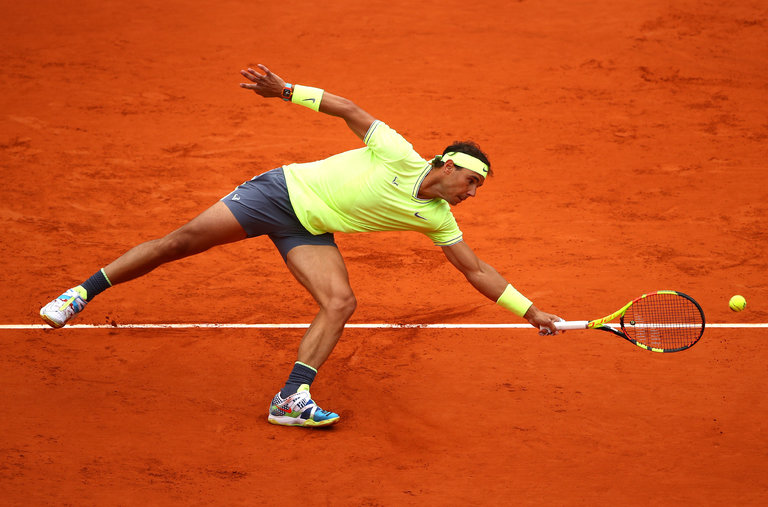Exploring the Reality of Chi in Martial Arts: Myth, Metaphor, or Measurable Energy?
Understanding Chi: The Foundation of a Martial Arts Mystery
In the world of martial arts, few concepts spark as much fascination-and skepticism-as chi (also spelled qi or ki). Described as a vital life force or intrinsic energy, chi is woven into the fabric of many Asian martial arts traditions, particularly those rooted in Chinese philosophy and practice. But is chi something real and tangible, or is it a metaphorical construct that guides training and self-improvement? To answer this, we must explore the origins, interpretations, and practical implications of chi in martial arts, as well as the evidence and controversies surrounding its existence.
Chi Defined: Philosophy and Tradition
The term chi is central to Chinese martial arts, traditional medicine, and philosophy. It is commonly translated as “life force” or “life energy,” believed to animate all living things. In the context of martial arts, chi is said to be cultivated through disciplined breathing, movement, meditation, and a holistic integration of mind, body, and spirit [1] , [2] .
Traditional explanations describe chi as a kind of bio-electrical or potential energy, latent within the body and accessible through advanced training. This energy is thought to flow through pathways known as meridians, and can be harnessed for improved health, resilience, and martial prowess [3] .
Practical Application: How Martial Artists Use Chi
Practitioners of internal martial arts such as Tai Chi, Baguazhang, and certain styles of Kung Fu emphasize the cultivation of chi as a means of achieving effortless movement, heightened sensitivity, and holistic well-being. Through slow, deliberate forms and breathing exercises, these arts aim to integrate mind and body, allowing the practitioner to move with greater coordination and control. According to many masters, advanced training leads to a state where intention drives movement, with chi acting as the medium linking thought and action [3] , [1] .
For those interested in exploring these methods, you can:
- Seek out a qualified instructor in Tai Chi or other internal martial arts at a recognized school or community center.
- Participate in beginner classes that focus on breathwork, posture, and slow, mindful movement.
- Practice daily, paying attention to the connection between your mental focus and physical movement.
- Look for workshops or seminars on qigong (energy cultivation exercises), often available at martial arts schools specializing in traditional Chinese arts.
While some programs may claim to teach advanced chi techniques, it is advisable to approach these with a critical mind and prioritize sources with a strong reputation and verifiable lineage.

Source: 20minutos.es
The Scientific Perspective: Is Chi Real?
The question of whether chi is a physical, measurable force remains controversial. To date, no scientific study has conclusively identified a unique form of energy corresponding to traditional descriptions of chi. Many scientists regard chi as a metaphor for the integration of psychological focus, efficient movement, and well-developed body mechanics-attributes that can certainly enhance martial arts performance, but do not require the existence of a mystical energy [5] .
Some martial artists, especially those from traditions such as Karate, dismiss chi as a myth, relying instead on physical conditioning, technique, and biomechanics. Others, particularly in the Shaolin and Tai Chi schools, view chi as the very root of martial ability, but often present it as an experiential, rather than empirical, phenomenon [4] .
Critics point to staged demonstrations of “chi projection” or “empty force”-where a master appears to move or disable opponents without contact-as evidence of deception or self-delusion. Slow-motion analysis of such demonstrations often reveals that students are cooperating, rather than being affected by an unseen force [5] .
Chi as Metaphor: The Sensation of Intention
Many modern instructors and scholars suggest that chi should be understood as the “sensation of intention”-the focused willpower and unified action that comes from dedicated practice. In this sense, chi is not a supernatural energy, but rather the coordination of mind and body to achieve extraordinary results. This interpretation aligns with Western concepts of flow state, peak performance, and the psychological aspects of athletic excellence [4] .
If you are practicing martial arts and want to develop this kind of “chi,” focus on:
- Refining your technique through repetition and mindful attention.
- Improving your breathing to support stamina and relaxation.
- Building mental resilience to push through fatigue and adversity.
- Integrating visualization and intention into your training routines.
These practices are well-documented to produce real performance benefits, regardless of one’s belief in chi as a mystical force.
Potential Challenges and How to Navigate Them
For newcomers, the abundance of conflicting claims about chi can be confusing. Some schools may promote extraordinary abilities attributed to chi, such as the ability to break objects effortlessly, heal injuries, or repel attackers without contact. While these claims are deeply rooted in martial arts folklore, they often lack scientific support. If you encounter such programs, consider these steps:
- Ask for clear explanations and evidence behind any extraordinary claims.
- Seek instruction from teachers who emphasize practical skill development and safety.
- Consult with experienced martial artists or local martial arts associations for recommendations on reputable schools.
- Remember that genuine progress in martial arts comes from consistent, disciplined practice rather than shortcuts or secret techniques.
If you wish to verify the credentials of a martial arts instructor or school, you can search for their affiliation with recognized organizations, such as the International Tai Chi Chuan Association or similar bodies, by visiting their official websites or contacting them directly.
Alternative Approaches: Integrating East and West
Some modern martial arts programs blend traditional concepts of chi with contemporary sports science. These hybrid systems focus on biomechanics, psychology, and effective training methods, while still honoring the philosophical roots of martial arts. This approach allows practitioners to benefit from both worlds, using the metaphor of chi to inspire commitment and cohesion, while grounding their training in evidence-based practices.
If you are interested in such programs, consider searching for martial arts schools that explicitly mention an integration of traditional and modern approaches. You can:
- Contact local community centers or universities offering martial arts programs.
- Search online directories for schools that list both internal (e.g., Tai Chi, Qigong) and external (e.g., Karate, Judo) styles.
- Attend introductory sessions to observe the teaching philosophy and curriculum.
Key Takeaways and Actionable Steps for Martial Artists
Whether you view chi as a literal energy, a metaphor for focused intention, or a cultural tradition, its presence in martial arts is undeniable. The most successful practitioners combine the mental, physical, and philosophical aspects of training to achieve personal growth and improved performance.

Source: salud.facilisimo.com
To explore chi in your own martial arts journey:
- Begin with foundational classes in a reputable martial art, focusing on technique, breath, and mental discipline.
- Embrace the philosophical teachings as a guide for holistic development, while maintaining a critical and curious mindset.
- Focus on practical skills and measurable progress, using the concept of chi as a tool for self-motivation and integration.
- Engage with experienced instructors and fellow practitioners to discuss your experiences and deepen your understanding.
If you wish to research further, you can search academic databases for studies on martial arts and bioenergetics, or consult reputable martial arts organizations for educational resources.
Ultimately, the reality of chi in martial arts may depend as much on personal experience and interpretation as on objective evidence. By pursuing disciplined practice and open-minded inquiry, you can discover what role-if any-chi plays in your own development.
References
- [1] Martial Devotee (2021). What is Chi? Overview of chi in martial arts philosophy and practice.
- [2] Black Belt Wiki (n.d.). Qi (Chi) in Chinese martial arts.
- [3] Taichimania.com (2003). Interarts: About Chi-biological and philosophical perspectives.
- [4] Monster Martial Arts (n.d.). Chi Energy Defined on All Levels.
- [5] Wim Demeere’s Blog (2013). Martial Arts Myths: Chi Projection.
MORE FROM couponnic.com













